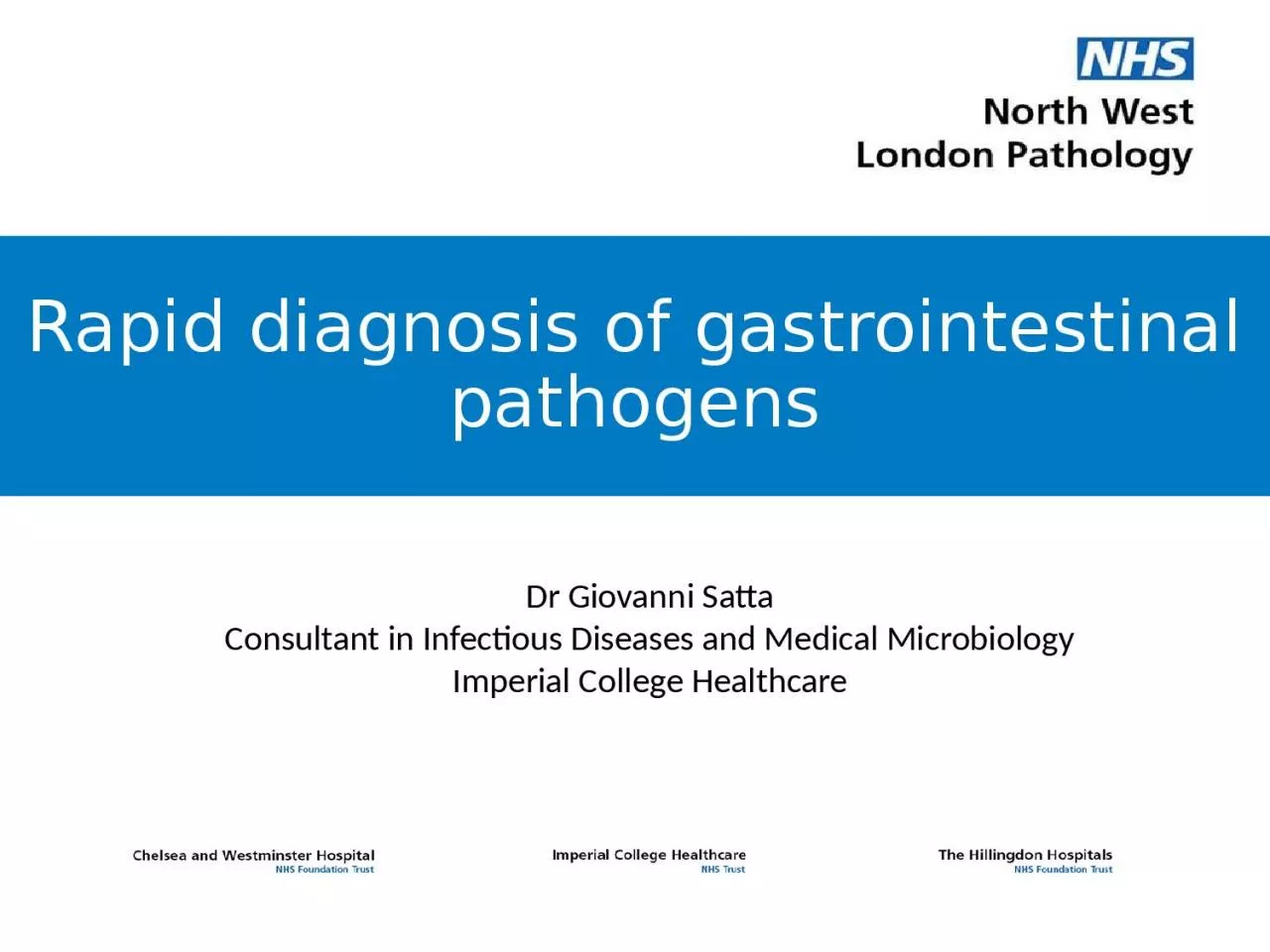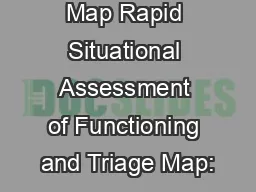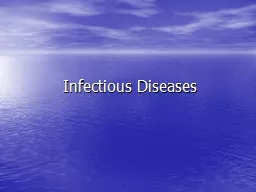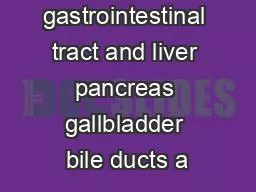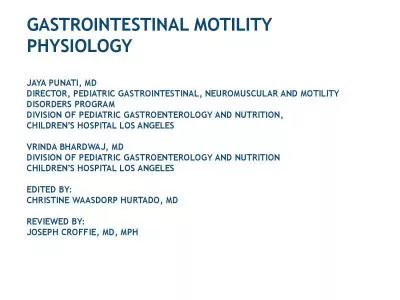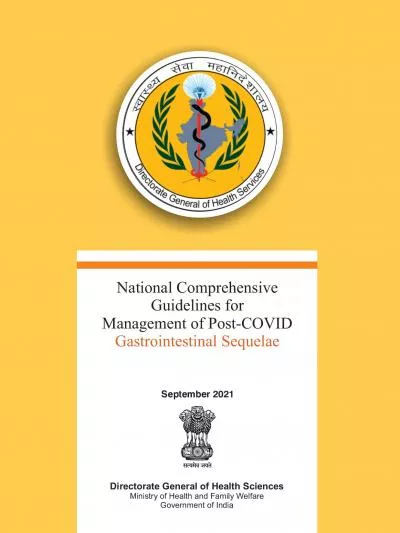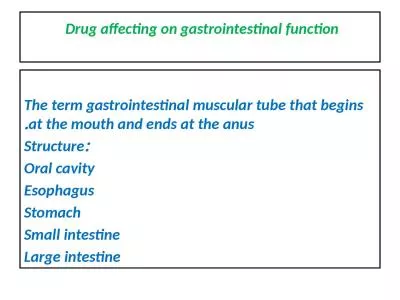PPT-Rapid diagnosis of gastrointestinal pathogens
Author : melanie | Published Date : 2024-01-13
Dr Giovanni Satta Consultant in Infectious Diseases and Medical Microbiology Imperial College Healthcare Learning Objectives To be aware of the new bacterial enteric
Presentation Embed Code
Download Presentation
Download Presentation The PPT/PDF document "Rapid diagnosis of gastrointestinal pat..." is the property of its rightful owner. Permission is granted to download and print the materials on this website for personal, non-commercial use only, and to display it on your personal computer provided you do not modify the materials and that you retain all copyright notices contained in the materials. By downloading content from our website, you accept the terms of this agreement.
Rapid diagnosis of gastrointestinal pathogens: Transcript
Download Rules Of Document
"Rapid diagnosis of gastrointestinal pathogens"The content belongs to its owner. You may download and print it for personal use, without modification, and keep all copyright notices. By downloading, you agree to these terms.
Related Documents

